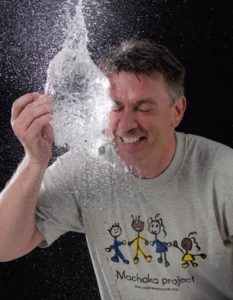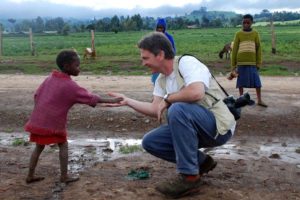
The necessary condition to transform a passion into a job is to avoid resisting it happening.
Armando Andreoli - Via Vespucci 41/b - 84098 Pontecagnano (SA) Italy - Tel.: +39 089 385 4483 - e-mail info@andreoli.it

 Per questo, e per molto altro, ha collaborato con riviste nazionali e internazionali, ha insegnato e insegna in proprio e per importanti realtà formative nel settore.
Per questo, e per molto altro, ha collaborato con riviste nazionali e internazionali, ha insegnato e insegna in proprio e per importanti realtà formative nel settore. Children are the ones who resist the least, and Armando Andreoli is still a child who happens to hold a camera.
Children are the ones who resist the least, and Armando Andreoli is still a child who happens to hold a camera. Not technique for itself, though, but technique applied to art. His inner eye constantly monitors the images he produces in order to surprise those who look, with an original aesthetic path always marked by a solid technical and stylistic rigor. In addition to images, Armando also takes care of the promotion of the culture of ethics necessary for a correct use of photographs.
Not technique for itself, though, but technique applied to art. His inner eye constantly monitors the images he produces in order to surprise those who look, with an original aesthetic path always marked by a solid technical and stylistic rigor. In addition to images, Armando also takes care of the promotion of the culture of ethics necessary for a correct use of photographs.